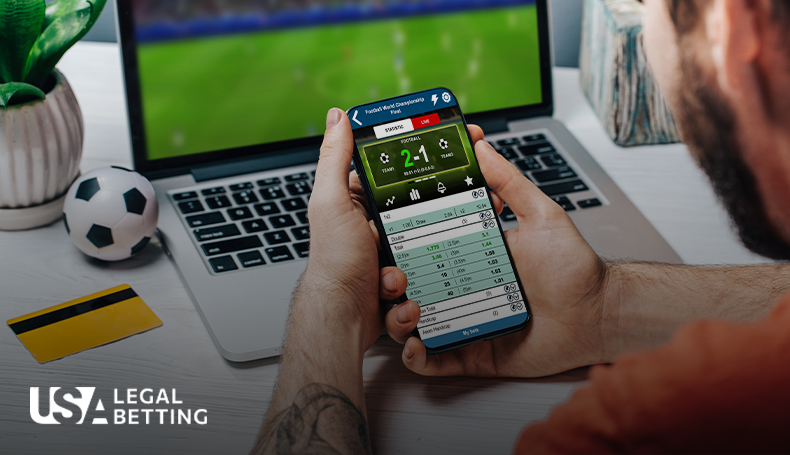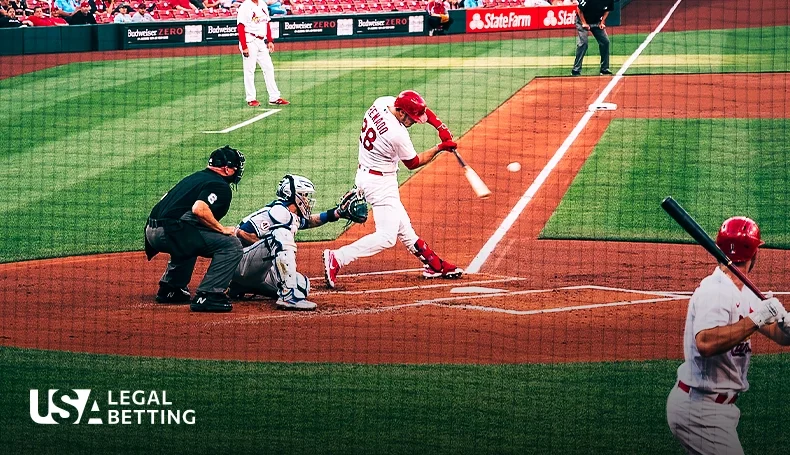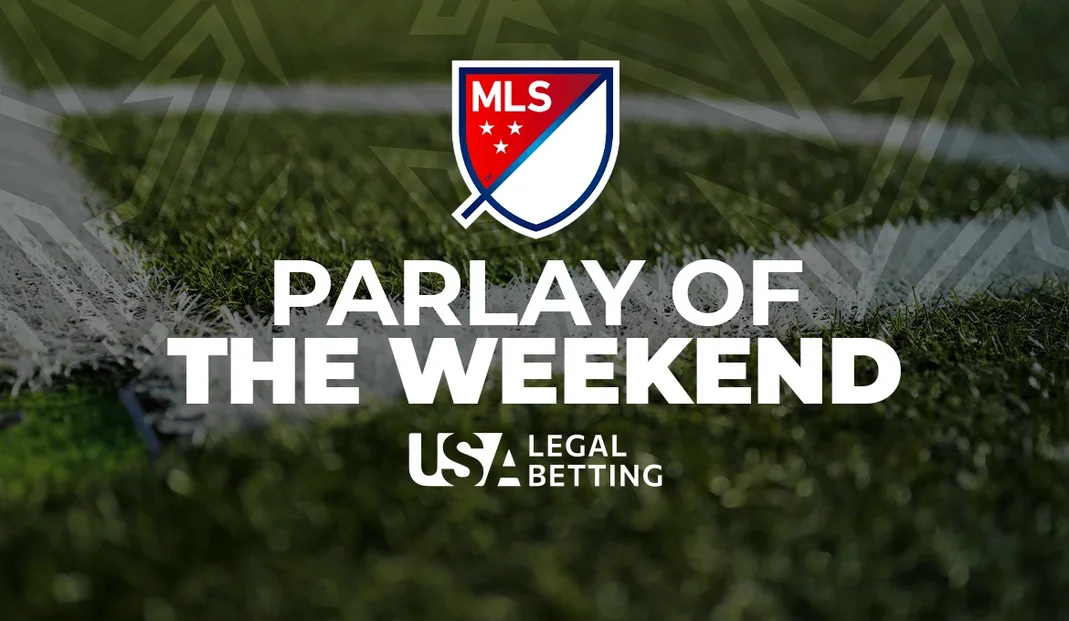Micro-betting is seen as the evolution and expanded coverage of sports betting, which has already taken over traditional sports. 37 states have legalized sports wagering and most professional sports teams and leagues have gambling sponsors.
The implementation of micro-betting hinges on the development of technology within the industry. However, those developments are already being made and will continue to come as the smaller, more frequent method of gambling takes off.
Andrew Bimson, Sportradar’s president and chief operating officer in North America, said that micro-betting, although it has a smaller market now, is the fastest-growing form of live betting. He also projected $20 billion in total handle for micro-betting by 2027.
The allure of micro-betting is the deeper and more connected experience it provides to bettors. For example, waiting to find out if the team a player bet on won or lost can take hours, but finding out if the next pitch is a ball of strike takes a matter of seconds, then the bettor has an entirely new opportunity to predict the next pitch.
“Customers are immediately engaged in the bet,” said Mark Hughes, PointsBet’s chief product officer. “You don’t have to wait very long for your bet to settle. You’re going to get more play, longer sessions. It’s going to be a really popular bet going into the future.”
There’s also the opportunity to innovate micro-betting. Scott Kaufman-Ross, vice president and head of fantasy and gaming for the NBA, envisions a world in which bettors can predict when teams are going to go on runs within games, similar to how traditional sportsbooks have markets for the first team to 10, 15, and 20 (plus more) points.
In this hypothetical market, bettors could make live “race to x points” predictions based on when they think a team is going to go on a run.










